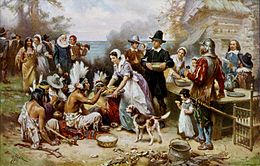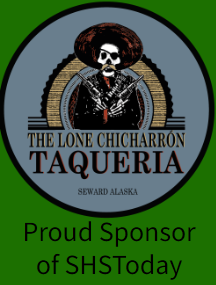Thanksgiving History and Modern Celebrations
November 17, 2016
Thanksgiving or Turkey Day (slang) is on the last Thursday of November every year. The United States isn’t the only country that has a holiday to celebrate harvest; Germany, Canada, and Japan, among other countries, also celebrate a holiday with similar roots.
The first Thanksgiving in America was in 1621 when the approximately 50 pilgrims celebrated a successful harvest with about 90 Wampanoag Indians. When the pilgrims had Thanksgiving, they weren’t planning on making a tradition; they were simply having a celebration. In wasn’t until 1864 that Abraham Lincoln declared Thanksgiving to be held on the final Thursday in November. At that time, Sarah Josepha Hale, a popular writer and author of Mary Had a Little Lamb, campaigned for Thanksgiving to be a national holiday. Her 30 years of campaigning influenced Congress to establish Thanksgiving as a national holiday, and she became known as the godmother of Thanksgiving.
In 1621, the Wampanoag Indians killed five deer and gave them to the colonists, so they had venison as part of the feast along with Indian corn, lobster, swan, fowl, and barley. Turkey, potatoes, and pumpkin pie, foods that have become associated with Thanksgiving weren’t part of the pilgrims’ feast.
Thanksgiving has transformed into a holiday where families have a meal together. Americans also think about what they are thankful for on the last Thursday in November. Often, extended families will gather in one location to celebrate together, so Thanksgiving is the busiest time of year for airports.
Football is often associated with Thanksgiving; watching football on that day became especially popular when the NFL started having Thanksgiving Classic Games in 1920. Presently, many Americans have traditions of watching football on Thanksgiving.
Thanksgiving has an intriguing history. It has evolved from pilgrims having a feast to a holiday most Americans celebrate with their families.





